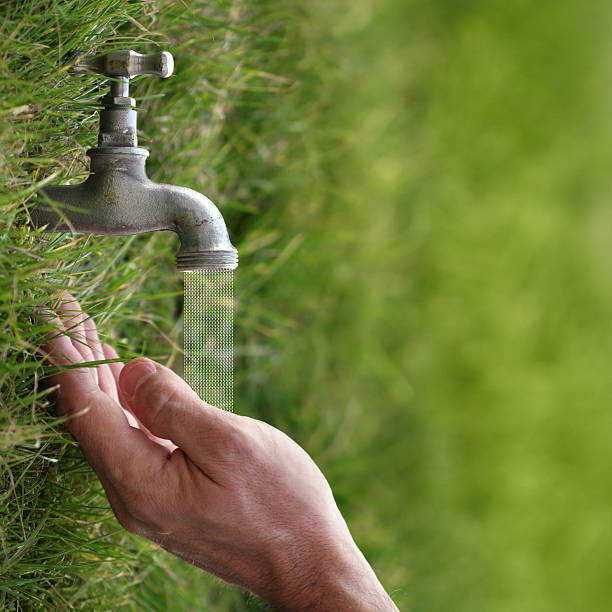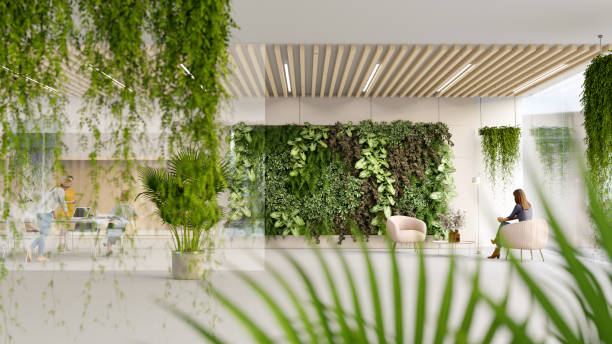Introduction
Are you looking to design a garden that’s both beautiful and kind to the environment? With an eco-friendly landscape design, you can reduce water waste, lower maintenance costs, and support local biodiversity — all while creating a stunning outdoor space.
This guide explores the essential principles of sustainable landscaping and gives you actionable tips to bring your green vision to life.
Water-Wise Tips for Eco-Friendly Landscape Design
Water is a precious resource. A smart, eco-friendly landscape design uses water efficiently and avoids waste.

How to do it:
- Install drip irrigation or soaker hoses
- Use mulch to retain moisture
- Group plants by watering needs
- Collect rainwater in barrels or swales
👉 In dry regions, xeriscaping is a stylish, sustainable alternative to traditional lawns.
Native Plants for Eco-Friendly Landscape Design

Native and drought-resistant plants are at the heart of eco-friendly landscaping. They’re adapted to local conditions and require minimal care.
Benefits:
- Lower water use
- Minimal fertilizer or pesticide
- Support for bees and butterflies
Try local species that thrive in your region. PlantNative.org is a great resource to explore native plant options.
Sustainable Hardscaping for Eco-Friendly Gardens
The materials you use matter just as much as the plants.
Sustainable choices:
- Permeable pavers for walkways
- Recycled wood for fences and garden beds
- Gravel, stone, and reclaimed bricks
- Composite decking from recycled plastics
These materials reduce your carbon footprint and help stormwater filter naturally into the soil.
Wildlife-Friendly Landscaping Ideas
Your garden can be a habitat for birds, pollinators, and small creatures.
Simple actions:
- Add a birdbath or bee hotel
- Plant nectar-rich flowers
- Avoid pesticides
- Let some wild plants grow in a corner of your yard
🌼 Did you know? A mature native tree can support up to 500 species of animals and insects!
Composting in Eco-Friendly Garden Design
Eco-friendly landscape design includes nutrient recycling. Composting your organic waste is one of the best things you can do.
How to start:
- Collect leaves, grass clippings, and veggie scraps
- Use a compost bin or a pile in a shaded corner
- Mix brown (dry) and green (wet) materials
The result is rich compost that improves soil and plant health.

Using Sun & Shade in Your Eco-Friendly Landscape
Design your garden according to the natural climate of your space.
Examples:
- Plant deciduous trees near your house to block sun in summer and allow light in winter
- Use tall plants or vertical screens to break wind
- Place sitting areas in shaded zones
These small choices improve comfort and reduce the need for artificial cooling.
Final Advice: Begin Small, Think Big
You don’t need to go 100% sustainable overnight. Start with one project — composting, rainwater collection, or replacing your lawn — and build from there.
Your outdoor space will evolve into a greener, more resilient, and peaceful environment.
Conclusion
Eco-friendly landscape design isn’t just good for the planet — it’s better for you. Lower costs, less maintenance, more nature. Whether you’re starting fresh or upgrading your garden, sustainable landscaping is the future of outdoor living.
👉 Get inspired by more green garden ideas at Architect Landscape Pro.



Pingback: Prepare Your Garden for Fall – Essential Seasonal Gardening Tips
Pingback: Backyard Layout Ideas: 10 Garden Styles to Try
Pingback: Busch Gardens Williamsburg: Outdoor Design Ideas
Pingback: Palm Trees for Backyard Design: Best Types and Care Tips
Pingback: How to Draw Palm Trees: Easy Step-by-Step Guide